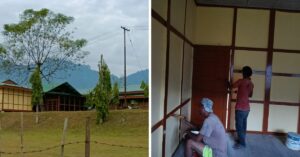This Organisation Doesn’t Just Protect Wildlife, It Conserves Forests and Empowers Villagers Too!
Run by a team of dedicated wildlife experts, Wildlife Conservation Trust functions on the principle that the best way to protect wildlife is by protecting their habitat and helping the people who live around it.
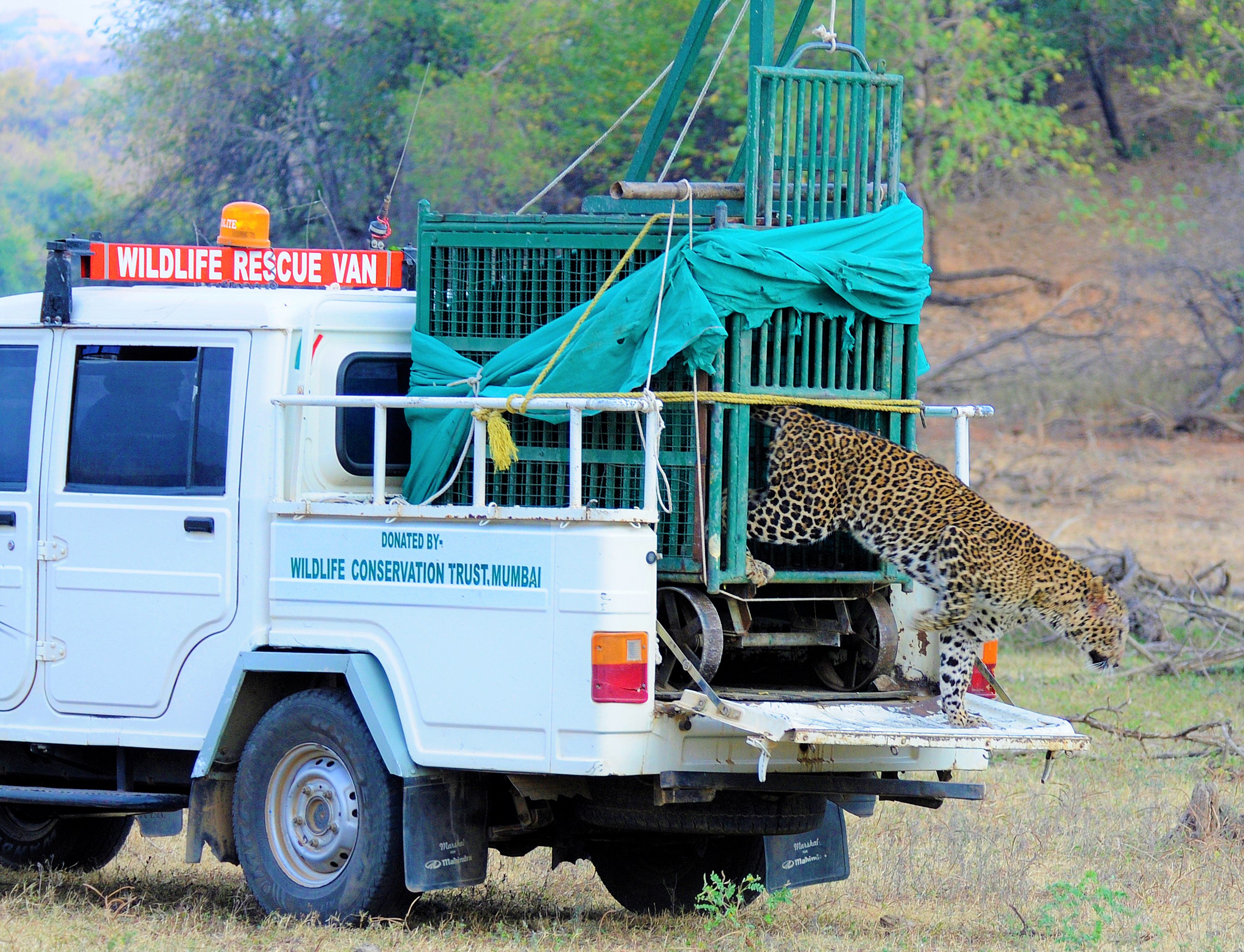
Hemendra Kothari, founder of DSP group and one of India’s most successful investment bankers, has been a wildlife enthusiast ever since he stared straight into a leopard’s eyes at the Corbett National Park. In 2002, worried about the increasing number of poaching incidents, he decided to turn his passion into action.
Hemendra founded the Wildlife Conservation Trust (WCT), an NGO that focuses equally on wildlife conservation and community development.
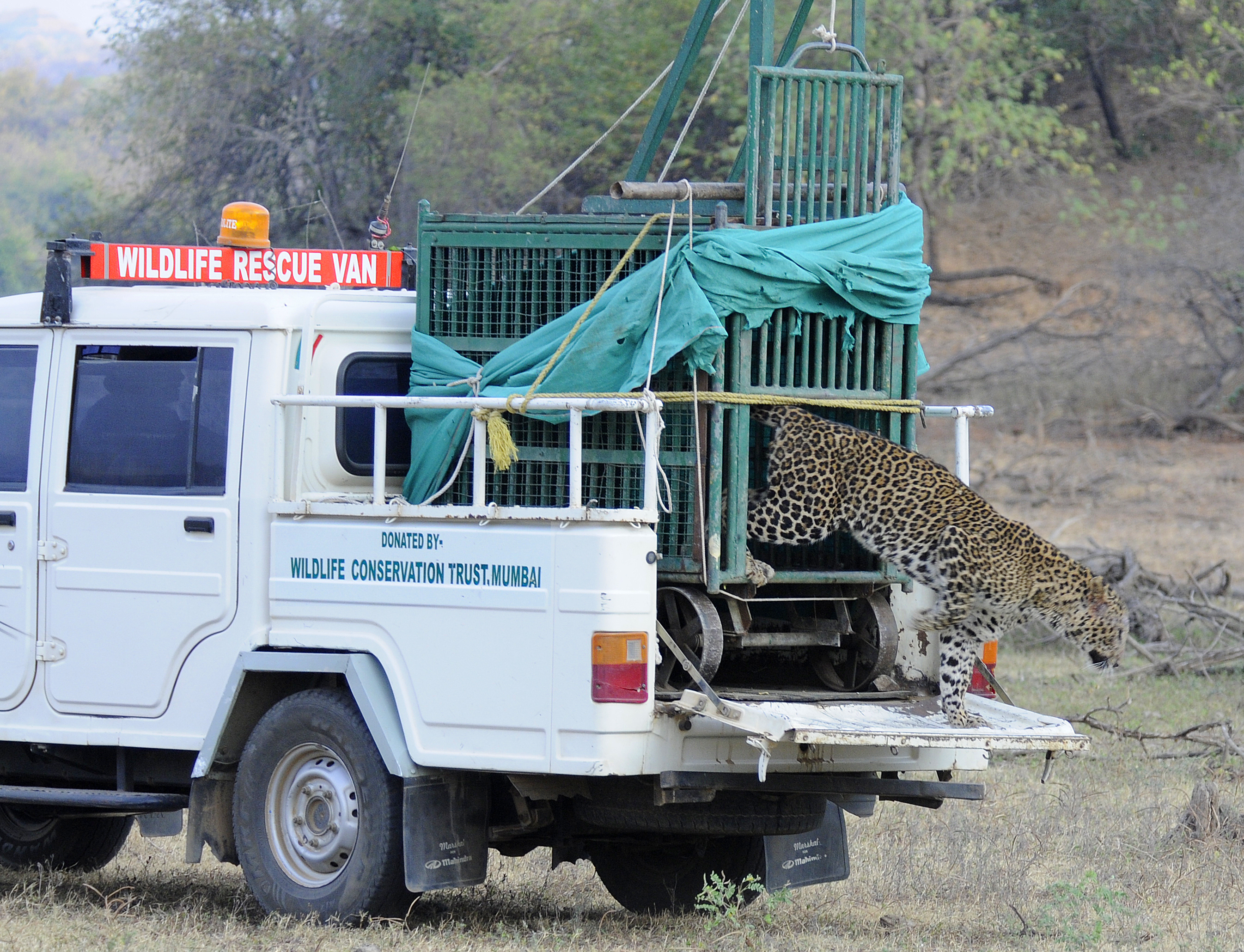
Photo Source: WCT
A Planet-Friendly Initiative
Run by a team of dedicated wildlife experts, WCT functions on the principle that the best way to protect wildlife is by protecting their habitat (the forest), which in turn can happen only if human dependence on forests is reduced. It aims to do this by planning and implementing practical, scalable and replicable interventions.
“Many of our programmes are about saving the tiger (WCT’s ‘Save Our Tigers’ campaign brought tiger conservation to the forefront of India’s consciousness). This, in a way, symbolizes our objectives – when you save the tiger, you save the planet’s forests.
As vital carbon sinks, forests are India’s most efficient climate mitigation tools. Also, 600 rivers either originate from or are fed by tiger forests, making their conservation crucial for the country’s water security,” says WCT’s President, Anish Andheria, a wildlife biologist and conservationist.

Photo Source: WCT
WCT works in 130 national parks and sanctuaries across 23 states in India, covering 79% of 50 tiger reserves and 17% of 733 nature reserves. It works through a multi-pronged approach that involves strengthening these pillars: protection, training, livelihood, education, health and research.
Caring for the Conservators
Wildlife crime prevention training programmes form an important aspect of WCT’s conservation action. The organisation believes that the services of the forest department staff are the backbone of wildlife protection and thus its endeavour is to facilitate the efforts of the forest department, not replace them.
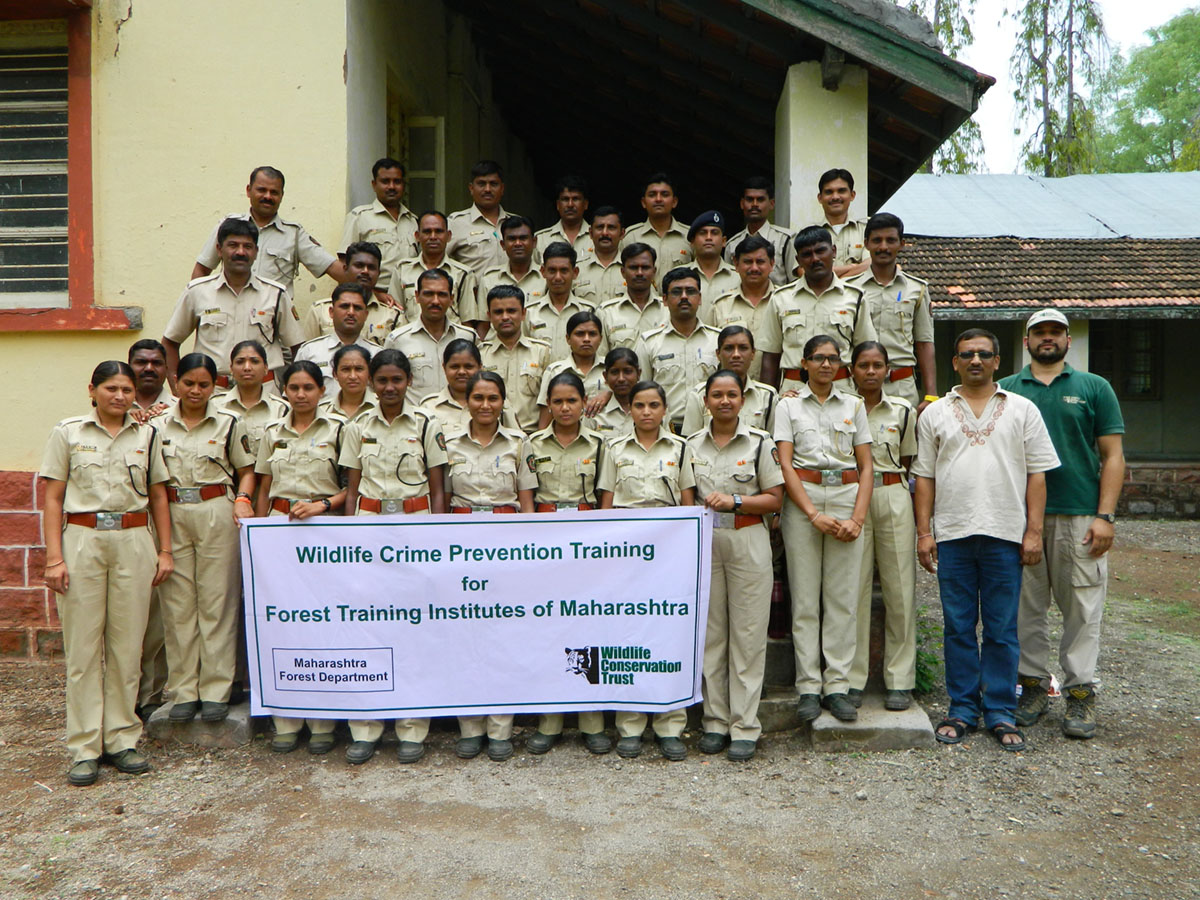
Photo Source: WCT
Some of WCT’s measures in the field includes training frontline forest staff, habitat restoration, wildlife research and monitoring, assisting government’s voluntary resettlement programmes and influencing policy decisions. The expert-design training modules include aspects like man-animal conflicts, tranquilising, trauma management and crowd control (vital during animal rescues).
Reinforcing Wildlife Protection
WCT also equips anti-poaching camps and forest outposts with solar integrated systems, emergency survival kits, water purifiers, first-aid kits, camp beds, season-specific gear, all weather shoes, bicycles, and multi-utility rescue vehicles. It also utilises strategically placed camera traps in and around protected areas to gather data on tiger numbers and identify individual animals – this helps raise awareness about the need to extend the tiger protection net outside protected areas.

Photo Source: WCT
Till date, WCT has equipped over 2,000 anti-poaching camps, donated over 4,000 vehicles (bicycles, 4WD jeeps, motorcycles, troop carriers, boats, tractors etc.), deployed camera traps over 13,000 square kilometres of forests and trained over 8,000 forest guards!
“Save for notable exceptions, such as Kaziranga, Kanha and Bandhavgarh, virtually all state forest departments are understaffed and inadequately trained, with some lacking even the most basic of resources. Our attempt is to fill in such resource gaps by providing the funds to train and equip field staff as well as recognise their good work with cash rewards. Not only do these step increase the mobility and efficiency of the forest staff, it also plays an important role in boosting their morale,” says Anish.
Community Development
While these first-hand measures are a critical strategy for the short-term conservation of natural ecosystems, ‘social fencing’ through the development of communities in and around forests is at the heart of WCT’s work. The organisation works tirelessly to improve relationships and communication between the forest department and local communities living outside protected areas by assisting communities in the areas of health, education and employment.
Health Interventions
In collaboration with local NGOs and the forest department, WCT organises medical camps in remote villages situated on the periphery of protected areas.
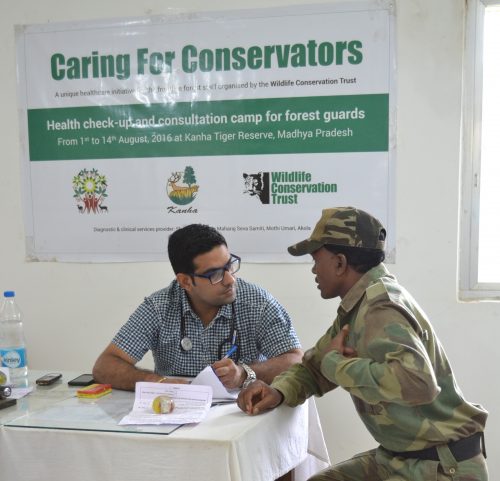
Photo Source: WCT
The camps include physician consultations, lab investigations, follow-up treatments and referrals to bigger hospitals, with doctors screening villagers for everything from water-borne diseases to chronic illnesses.
Till date, these health interventions have helped the residents of over 2,000 villages and nearly 15,000 forest staff members!
Empowerment through Education
Understanding the importance of education in wildlife conservation, WCT works extensively with government-run schools in and around protected areas to improve the quality and quantity of education through them.

Photo Source: WCT
These well-planned and carefully implemented initiatives have benefited about 62,000 students, trained over 1,900 teachers and provided gainful employment to over 3,000 youth in in 500+ villages!
Providing Sustainable Livelihoods
Another key community intervention from WCT is encouraging villagers to take up organic agriculture and sustainable livelihood while reducing pressure on the ecosystem. The organisation’s water and sanitation project creates awareness about water conservation while guiding local authorities in creating adequate sanitation facilities. This would reduce pressures on the forest, help mitigate climate change and reduce man-animal conflict.
The organisation also works with NGOs to provide skill training to the unemployed youth of these villages, while companies are approached to provide them with jobs. Special emphasis is laid on educating girls and providing vocational training to young women.

Photo Source: WCT
To ensure that these jobs do not force the youth to move away from his/her family, care is taken that most of these jobs are located in the vicinity of their villages. This entails providing training for jobs like naturalists, tourist guides, car and truck driving and hospitality.
The Impact
The impact of WCT’s tireless efforts is most evident in the immense success of its ‘Save The Tiger’ campaign, which has reached over 100 million people worldwide and generated Rs. 95 million in funding for tiger conservation. The chief ministers of various states and celebrities like Amitabh Bachchan and Mahendra Singh Dhoni have voiced their support for the campaign.

Photo Source: WCT
Another major success was the Amur falcon protection campaign in Nagaland. In an effort to stop the massive massacre of Amur falcons (a migratory raptor) near Nagaland’s Doyang reservoir, WCT along with other NGOs worked at various levels, engaging with the government and local communities to get a regulation passed to protect the falcons.
A teaching manual that sensitised locals about the importance of the falcons was also designed and distributed. The concerted effort paid off with the mass hunting of Amur falcons stopping completely in just one year. In a spectacular turnaround, not a single Amur falcon has fallen prey to organised hunting since 2013!
“What we are doing is very small compared with what the requirements are,” concludes Anish. “We need to do so much more for the protection of wildlife, natural ecosystems and the environment. They are the cornerstones of both sustainable development and a stable economy.”
TheBetterIndia has partnered with Wildlife Conservation Trust – WCT and Social Access to launch the #WildAtHeart campaign. The campaign aims to celebrate India’s forests and highlight the need to protect them by showcasing people from all walks of life celebrating their love and association with nature.
Every rupee donated to the Wildlife Conservation Trust goes towards the protection of India’s forests and wildlife and empowering local communities living in remote forest areas.
Donate Now : http://www.wildlifeconservationtrust.org/donate.php
To contact WCT, click here.
Also Read: Flight of Freedom: Meet the Lady Who Saved Nagaland’s Amur Falcons
Like this story? Or have something to share? Write to us: [email protected], or connect with us on Facebook and Twitter.
NEW: Click here to get positive news on WhatsApp!
This story made me
-
97
-
121
-
89
-
167
Tell Us More
We bring stories straight from the heart of India, to inspire millions and create a wave of impact. Our positive movement is growing bigger everyday, and we would love for you to join it.
Please contribute whatever you can, every little penny helps our team in bringing you more stories that support dreams and spread hope.






